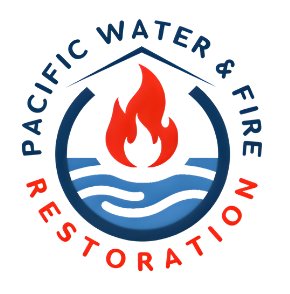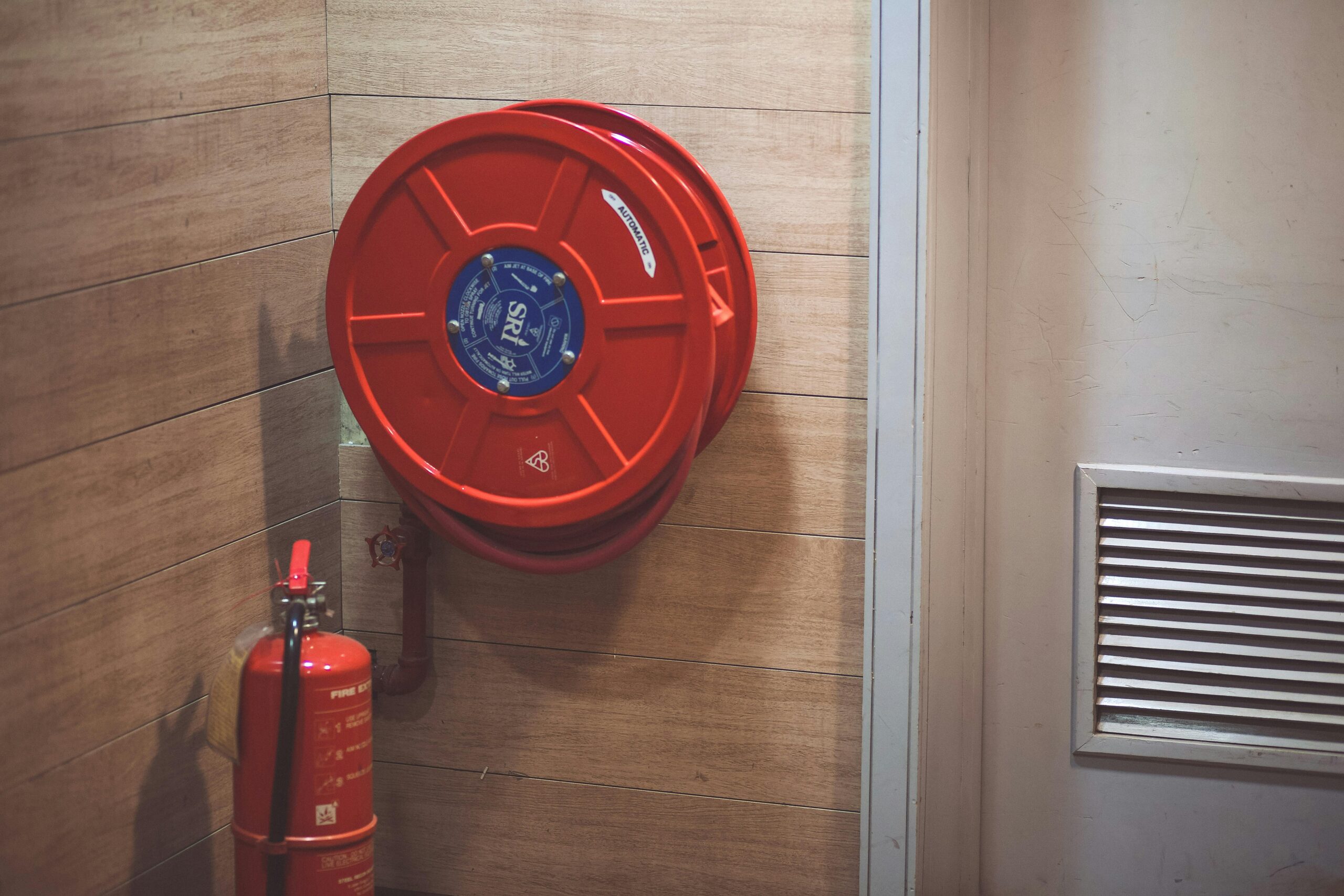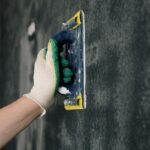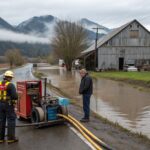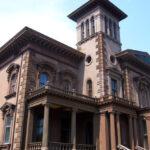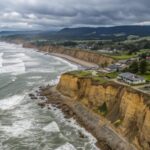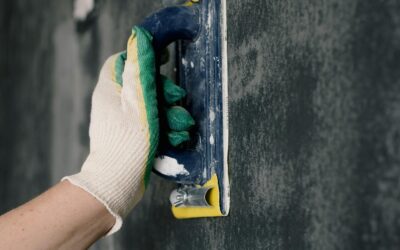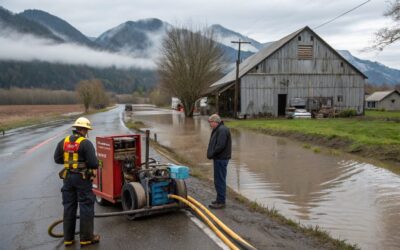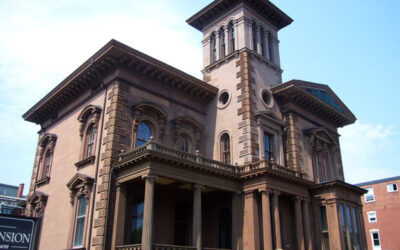As climate continues to shift toward hotter, drier summers, property owners face increasing fire risks. Understanding these risks and taking proactive steps to protect your property has never been more important. Here’s your comprehensive guide to fire prevention and protection in our unique Pacific Northwest environment.
Understanding Our Changing Fire Risk
Recent years have shown a clear trend toward increased fire danger in the Pacific Northwest:
Climate Factors
- Longer, drier summers
- Higher average temperatures
- Extended drought periods
- Reduced summer rainfall
- Lower humidity levels
Local Risk Factors
- Urban-wildland interface areas
- Densely wooded neighborhoods
- Aging electrical infrastructure
- Historic property construction
- Limited evacuation routes
Property Vulnerabilities
External Risk Areas
- Roof materials and condition
- Landscaping choices
- Property debris
- Exterior wall materials
- Deck construction
Internal Risk Points
- Electrical systems
- Heating equipment
- Kitchen appliances
- Laundry facilities
- Storage areas
Essential Prevention Strategies
1. Creating Defensible Space
Zone 1 (0-5 feet from structures):
- Remove combustible materials
- Use fire-resistant landscaping
- Clear leaves and debris
- Maintain gravel perimeter
- Keep plants well-watered
Zone 2 (5-30 feet from structures):
- Trim tree branches
- Space plants appropriately
- Remove dead vegetation
- Maintain lawn irrigation
- Clear brush regularly
Zone 3 (30-100 feet from structures):
- Reduce vegetation density
- Create fire breaks
- Maintain access paths
- Remove ladder fuels
- Monitor for hazards
2. Property Maintenance
Regular Inspections:
- Check roof condition
- Clear gutters
- Inspect vents and screens
- Examine siding
- Test emergency systems
Pro Tip: Schedule professional property inspections before fire season begins in June to identify and address potential vulnerabilities.
3. Fire-Resistant Improvements
Priority Upgrades:
- Class A fire-rated roofing
- Fire-resistant siding
- Ember-resistant vents
- Double-pane windows
- Fire-rated doors
Additional Measures:
- Boxed eaves
- Protected underfloor areas
- Screened vents
- Non-combustible decking
- Fire-resistant landscaping
Emergency Preparedness
1. Emergency Kit Essentials
- Important documents
- Evacuation plans
- Emergency contacts
- Basic supplies
- First aid materials
2. Communication Plan
- Family meeting points
- Out-of-area contacts
- Emergency numbers
- Evacuation routes
- Neighborhood network
3. Property Documentation
- Updated inventory
- Insurance information
- Property photos
- Valuable item list
- Digital backup copies
Professional Fire Protection
Prevention Services
Pacific Water & Fire Restoration offers comprehensive fire prevention services:
- Property risk assessment
- Prevention planning
- System inspection
- Maintenance guidance
- Emergency preparation
Emergency Response
Our 24/7 emergency response includes:
- Immediate damage assessment
- Property stabilization
- Water damage mitigation
- Smoke removal
- Complete restoration
Seasonal Protection Schedule
Spring Preparation (March-May)
- Property cleanup
- System inspections
- Maintenance completion
- Emergency kit updates
- Plan review
Early Summer (June)
- Defensible space maintenance
- Irrigation check
- Final preparations
- Equipment testing
- Plan confirmation
Peak Fire Season (July-September)
- Regular monitoring
- Maintenance upkeep
- Heightened awareness
- System checks
- Emergency readiness
Understanding Insurance Coverage
Key Coverage Points
- Structure protection
- Content coverage
- Additional living expenses
- Smoke damage
- Water damage from firefighting
Documentation Needs
- Regular property photos
- Maintenance records
- Improvement documentation
- Inventory updates
- Value assessments
Community Resources
Local Support
- Fire & Rescue
- Emergency Management
- Neighborhood associations
- Community alerts
- Educational programs
Information Sources
- Fire danger updates
- Air quality reports
- Emergency notifications
- Weather forecasts
- Evacuation notices
Fire-Safe Landscaping
Recommended Plants
- Native, fire-resistant species
- Well-spaced plantings
- Maintained ground cover
- Irrigated areas
- Green zones
Maintenance Requirements
- Regular pruning
- Debris removal
- Proper spacing
- Adequate irrigation
- Dead plant removal
Home Protection Systems
Detection Systems
- Smoke alarms
- Heat sensors
- Carbon monoxide detectors
- Monitored systems
- Smart detectors
Suppression Systems
- Fire extinguishers
- Sprinkler systems
- Garden hoses
- Water storage
- Emergency equipment
Taking Action
Don’t wait for fire season to protect your property. Pacific Water & Fire Restoration offers comprehensive fire risk assessments and protection planning:
Our Process:
- Professional property evaluation
- Risk assessment report
- Protection plan development
- Implementation guidance
- Regular monitoring recommendations
Emergency Support
For immediate fire damage assistance, call our 24/7 emergency response team at 503-201-7337. Our IICRC-certified professionals provide:
- Rapid response
- Expert assessment
- Immediate mitigation
- Complete restoration
- Future prevention
Prevention Services
Schedule a fire risk assessment today to:
- Identify vulnerabilities
- Develop protection strategies
- Create emergency plans
- Implement safety measures
- Ensure preparedness
Remember, in the Pacific Northwest’s changing climate, fire prevention and preparation are essential. Contact Pacific Water & Fire Restoration to develop your comprehensive fire protection plan before you need emergency services.
